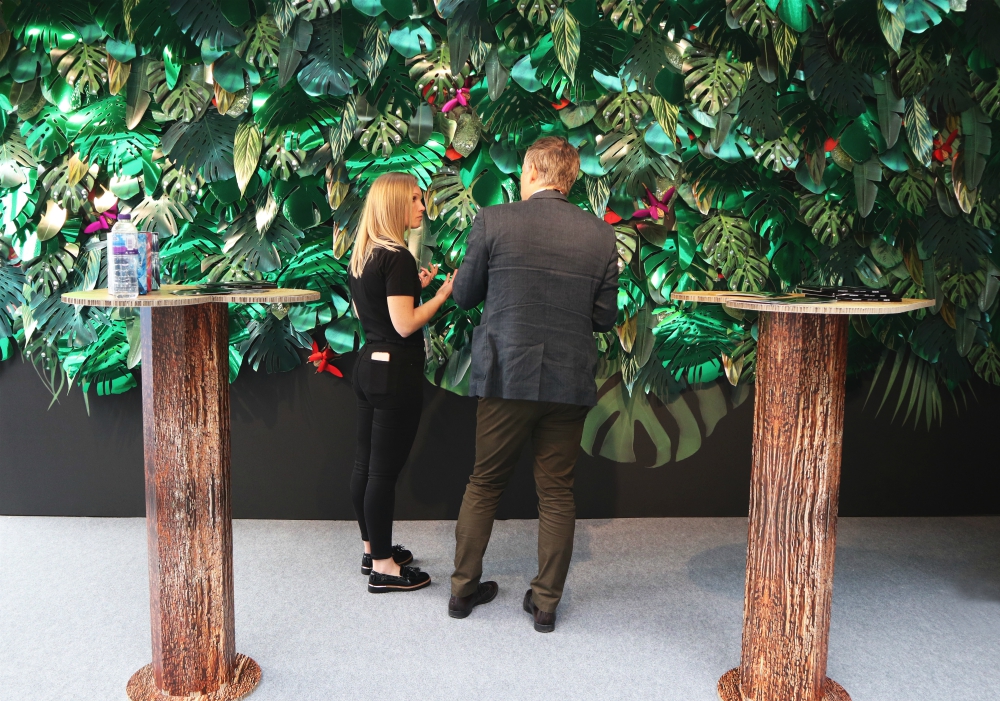May 28 Industry Insight
The future of plastic and the circular economy
It’s time to get serious about packaging and waste management – 2019 is a pivotal time of change for all industries concerned. We need to give Point of Sale and packaging the very best chance of being recycled and reused and that means every effort should be made to move towards a circular economy to keep materials in use for as long as possible and then recover and recycle them.
In January 2018, the government published its 25-year environmental plan for a greener future. The plan dictates how we need to not only reduce the use of plastics that contribute to pollution but that ultimately we should be eliminating all avoidable plastic waste. What’s more, the UK Plastics Pact has been introduced to bring together businesses from across the plastics value chain to work towards cutting out plastic waste. For our sector, these initiatives – and a string of other similar ones – should prove to be transformational.

What is a circular economy?
In meeting these targets, it’s vital we make strides to leave behind the linear ‘take-make-dispose’ model of consumption. More often than not, materials are being used once and simply discarded. Instead, we need to move towards that continuous, circular flow of materials within a ‘closed loop’ system. A circular economy ensures materials are kept in use for as long as possible, resulting in resource efficiency, better risk management and enhanced value of all materials, including plastics. But it’s not something a business can tackle singlehandedly. A circular economy requires a collaborative approach from businesses within our sector as well as feeding into the circular thinking and efforts of other industries.
A proactive approach from the outset
At a time when businesses and brands in the retail and packaging sectors are questioning what they can do to facilitate a circular economy and further reduce waste, the answer is simple – begin at the start and optimise the entire life cycle of a product. Take a look at current production methods and aim to cut waste at the source. When sourcing materials, look to low-impact ones or even post-consumer recycled content. Many companies are now moving away from non-recyclable plastics and using corrugated substrates, for example, which is a rigid product that’s 100% recyclable.
Circular thinking should underpin every aspect of production and supply. And as more and more initiatives are introduced to eliminate plastic waste and consumer behaviour evolves, we’re creeping ever closer to that ideal circular model.

